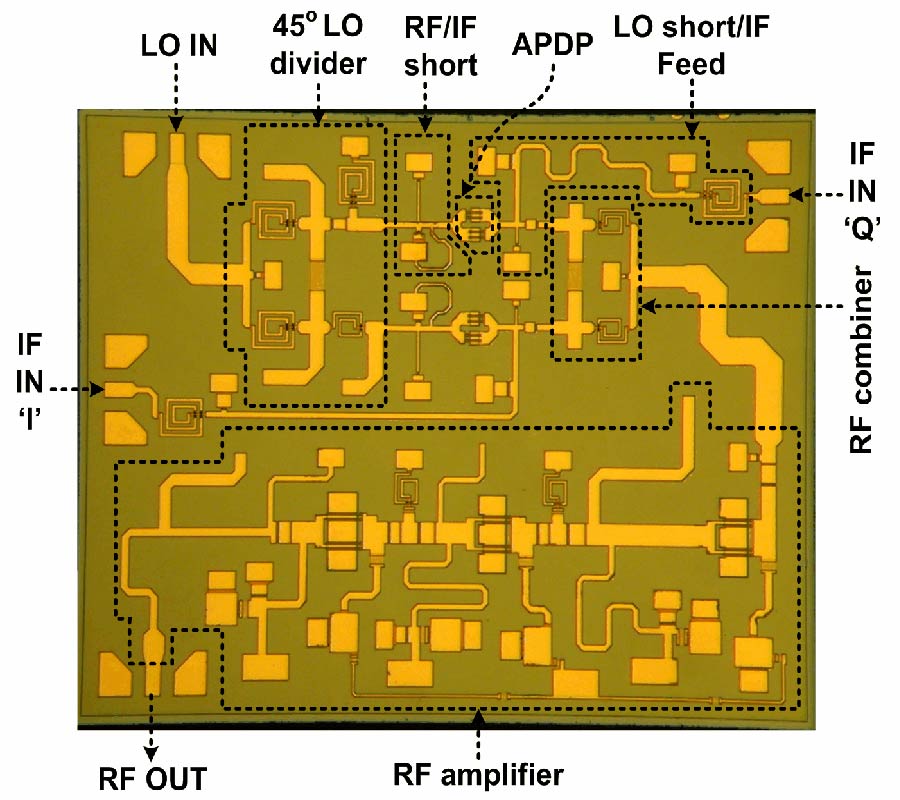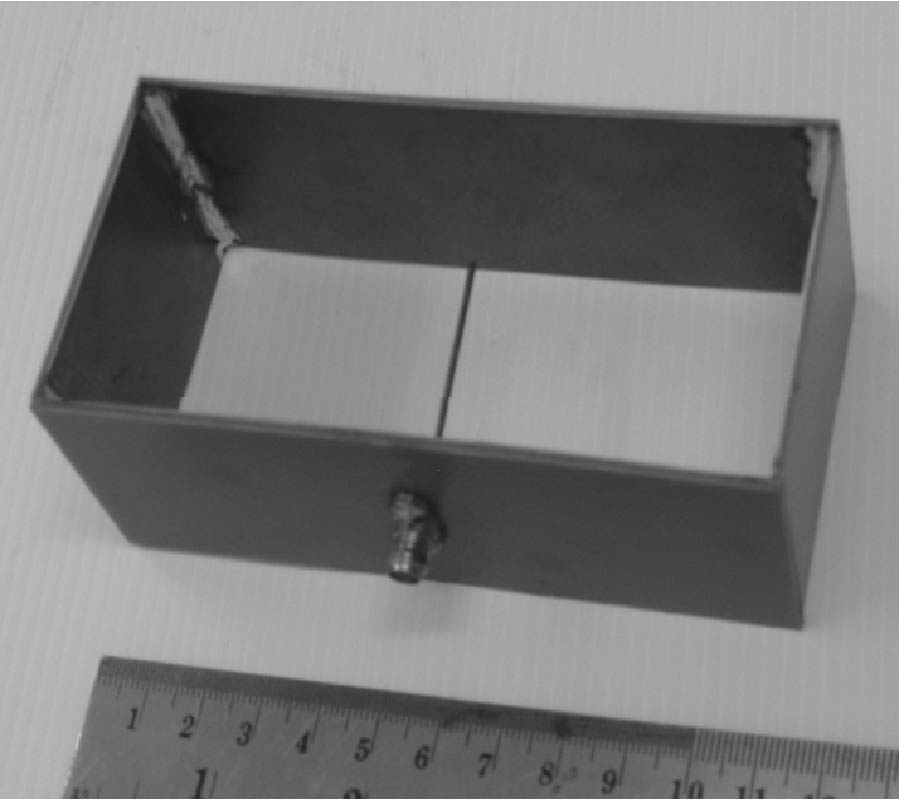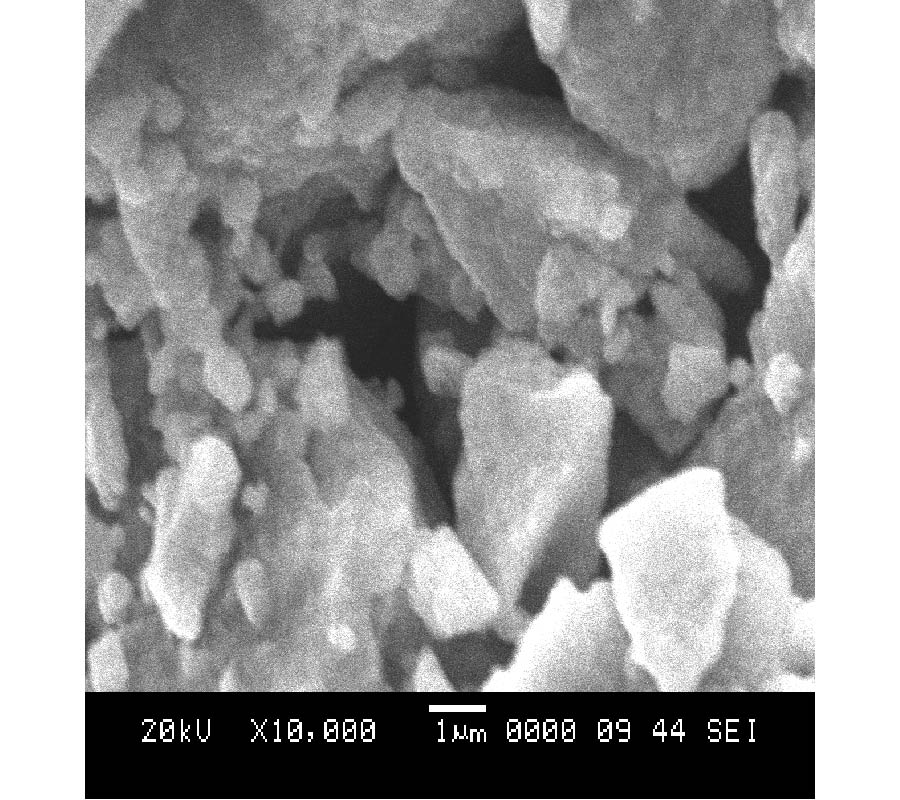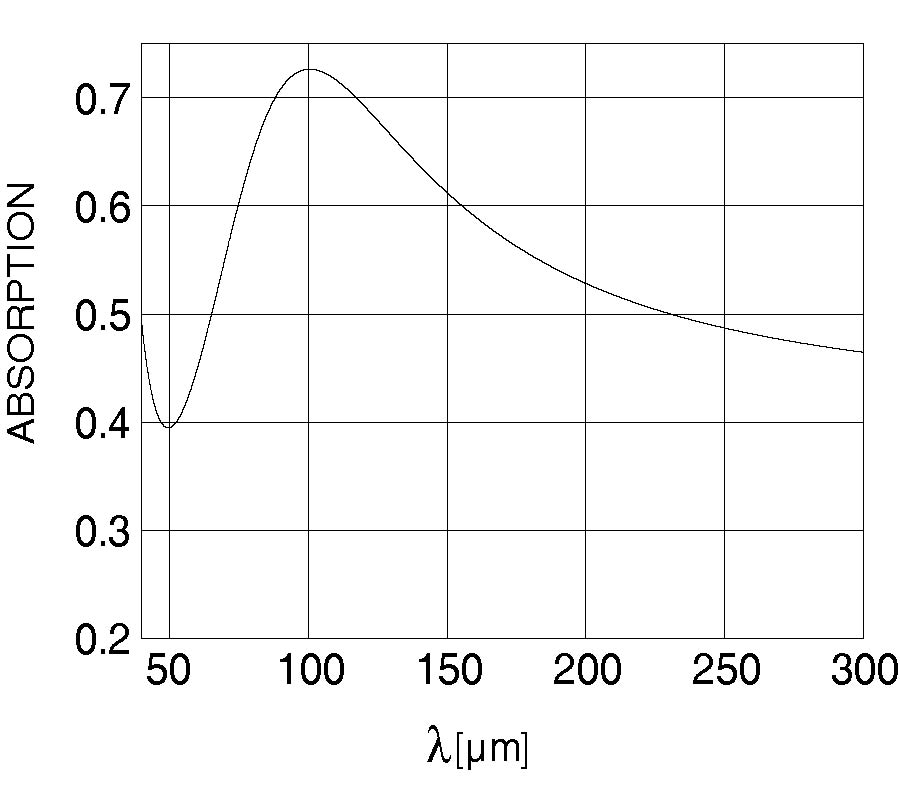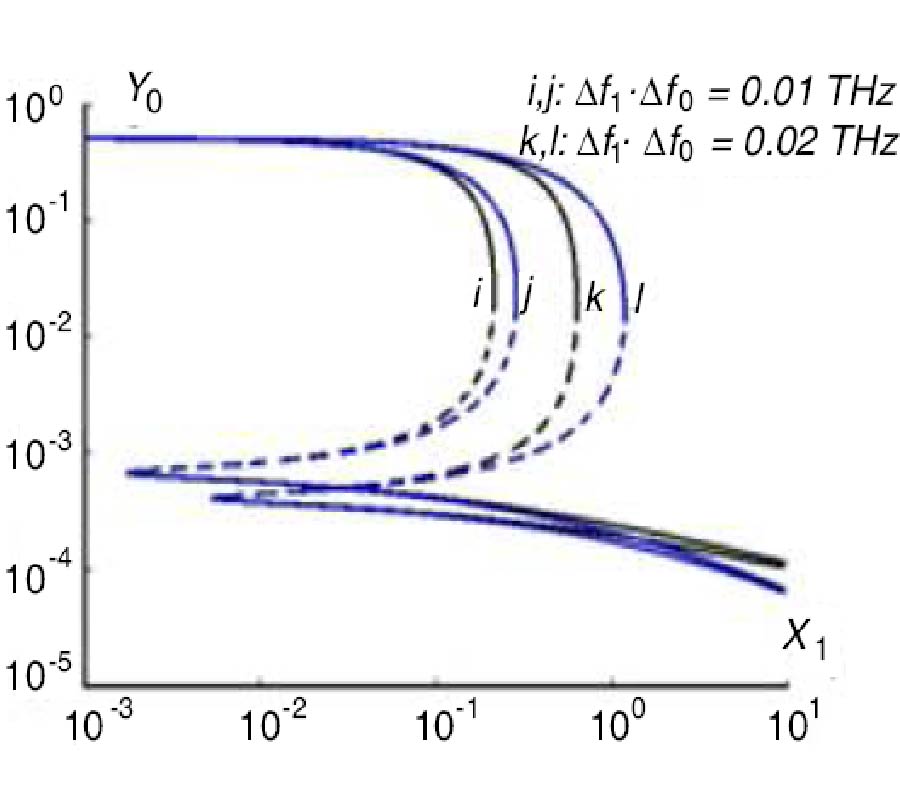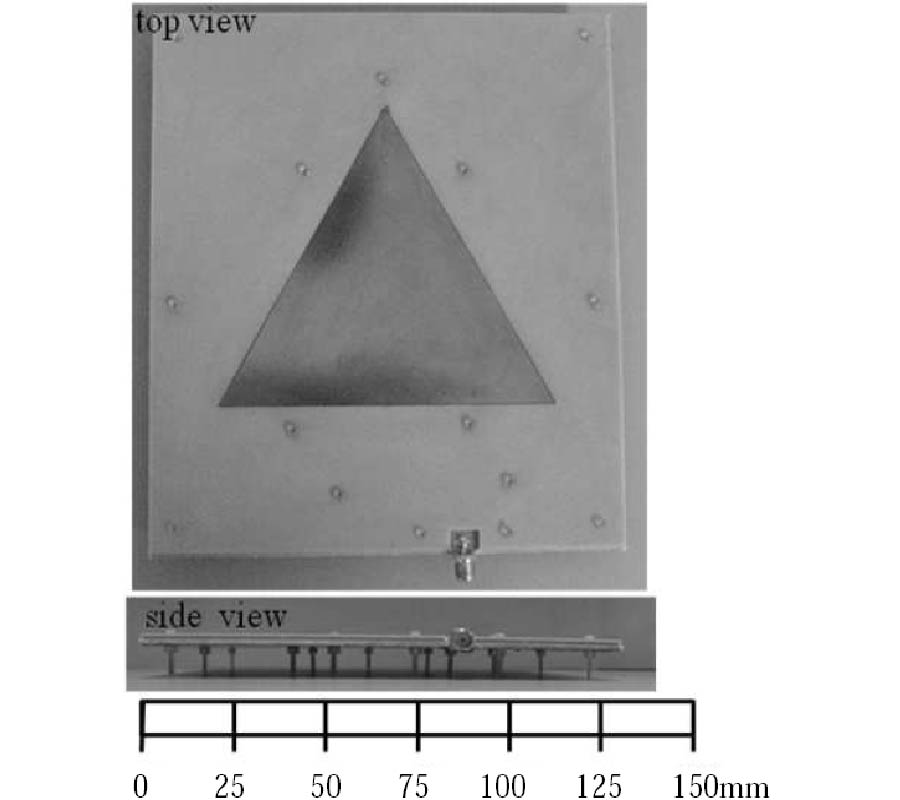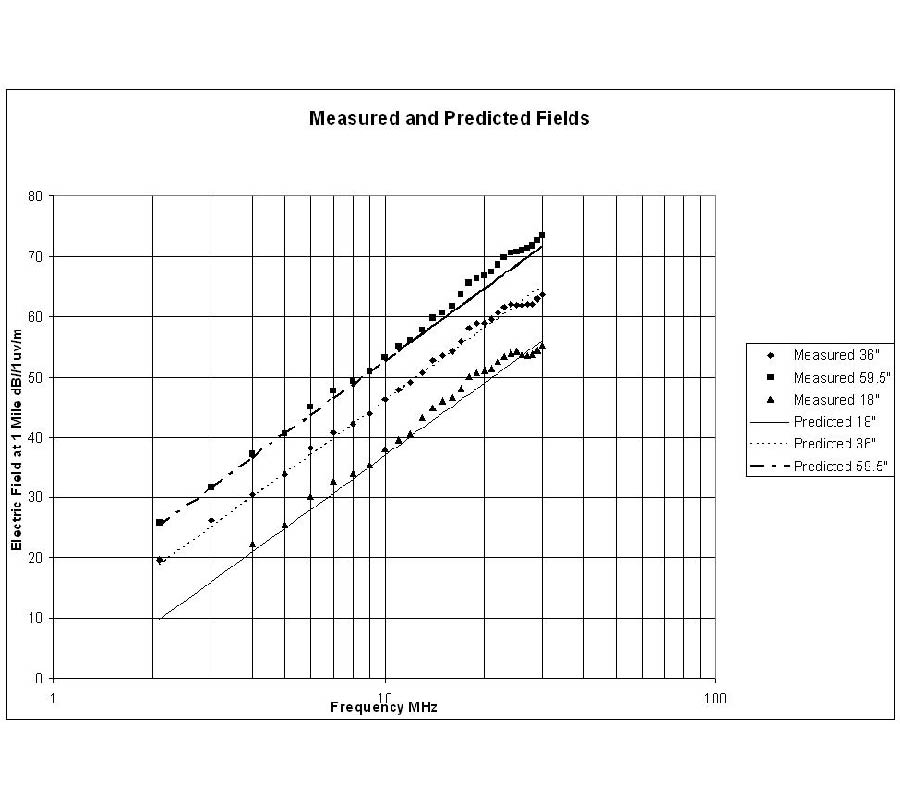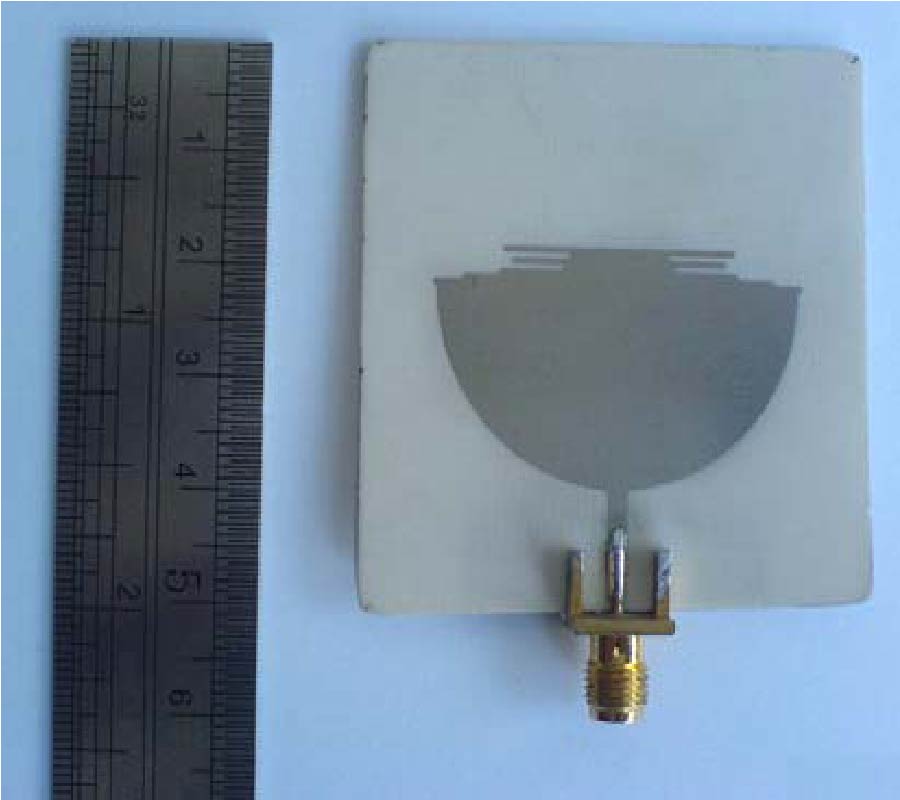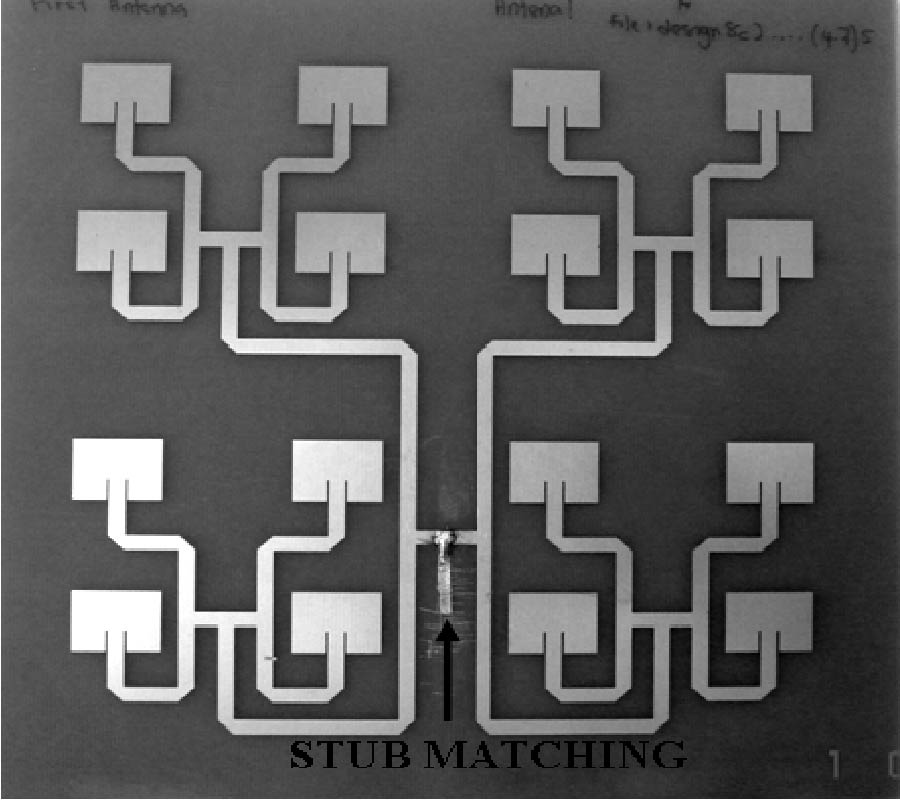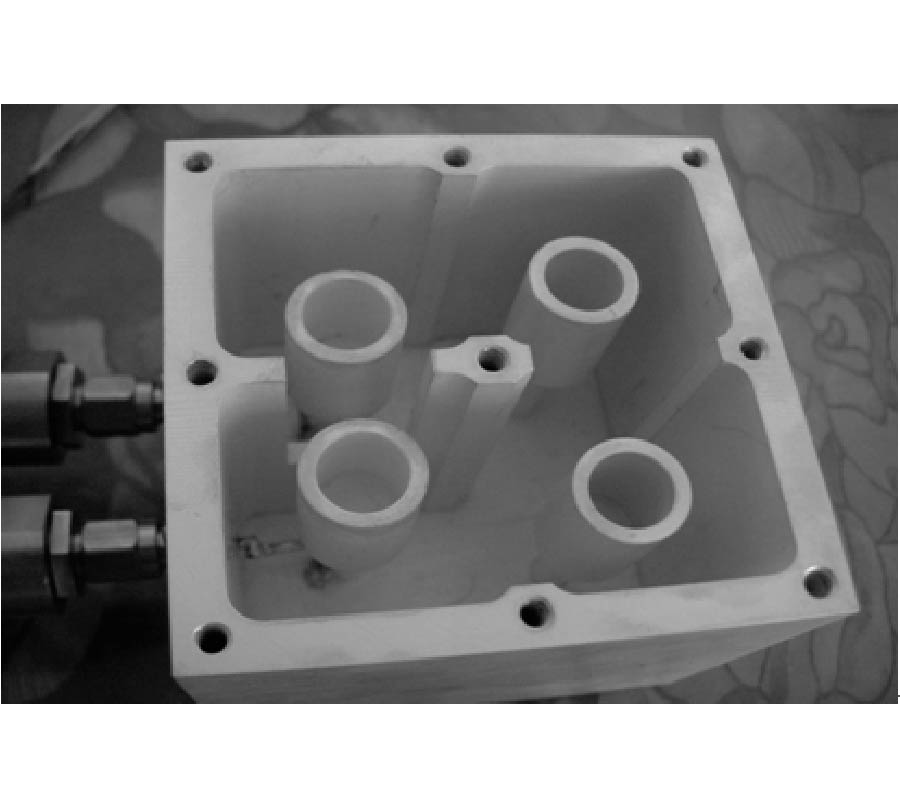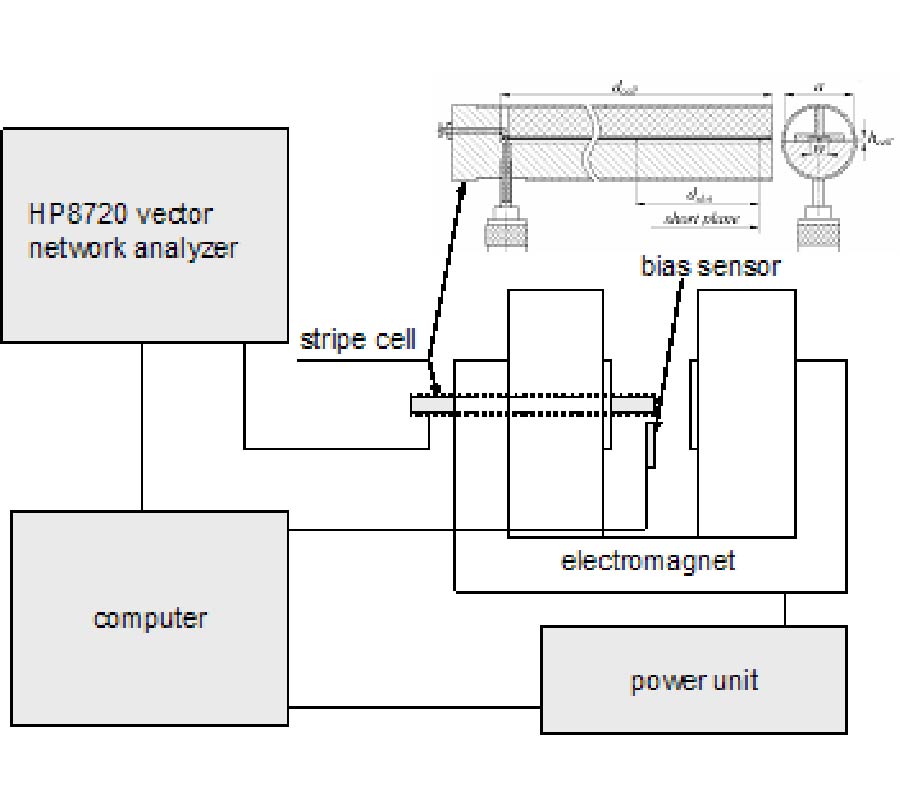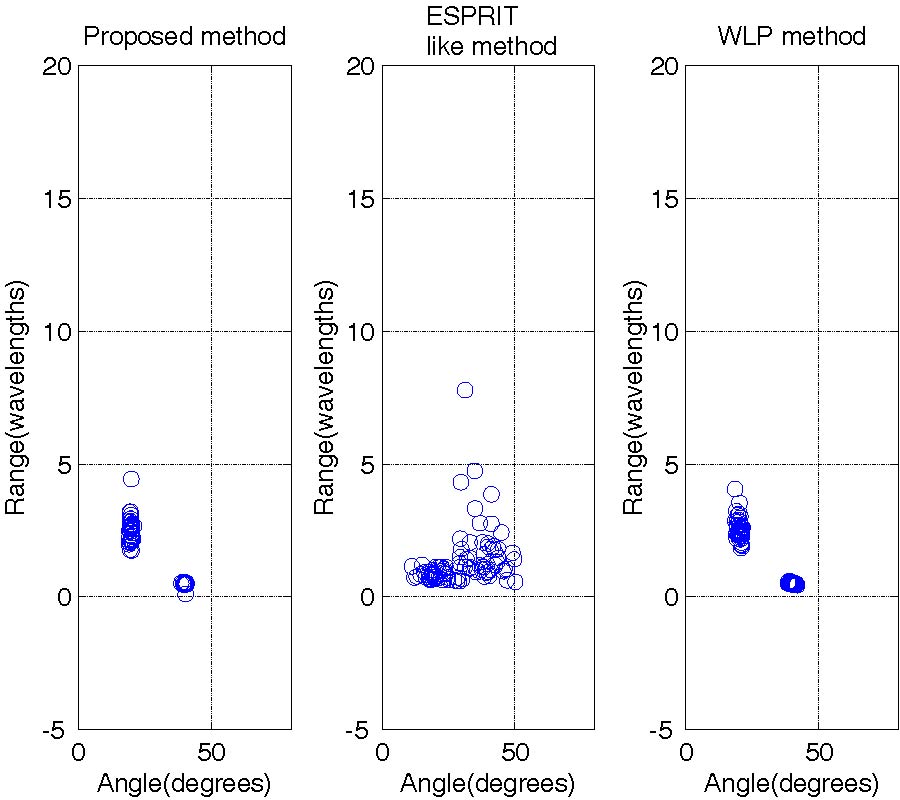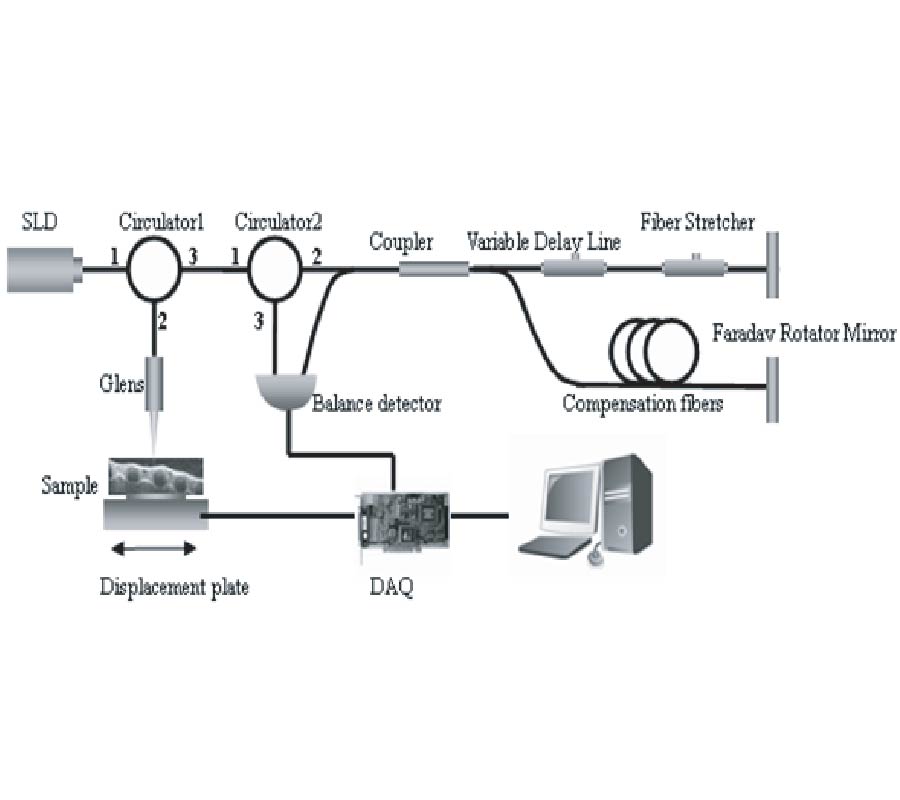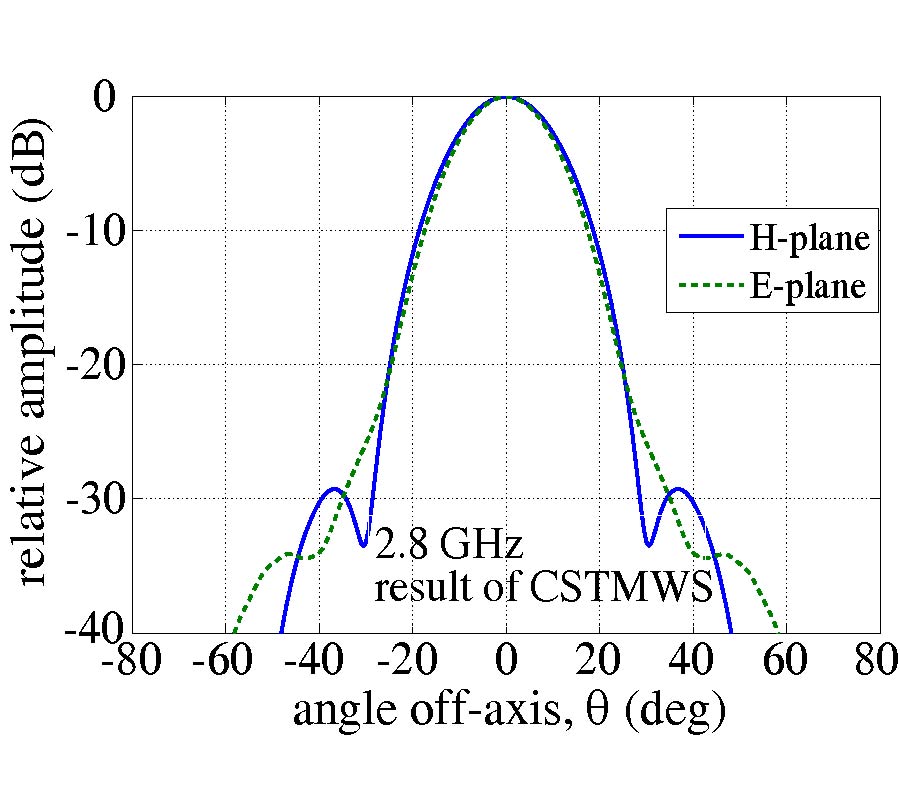Three-Dimensional Image of the Human Tooth Based on Optical Coherence Tomography
Yan Liang,
X. Steve Yao,
Shoufeng Lan,
Hui Yao,
Tiegen Liu,
Musen Wan,
Yu Liang,
Yanni Li,
Boya Shi and
Guanhua Wang
A method of acquiring clear three-dimensional image of human tooth in vitro, which is based on optical coherence tomography, is described. The background noise of the cross-section image is eliminated by image preprocessing algorithms, then the three-dimensional image is reconstructed by ray-casting algorithm, and gives the whole view of dental crown which contains dentin and enamel. A plane can be used to cut the tooth interactively to observe the inner tissue. This image is convenient for doctors to locate lesions and has a great potential for the clinical diagnosis of early dental caries.
